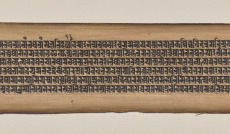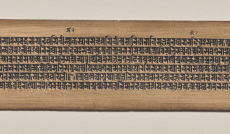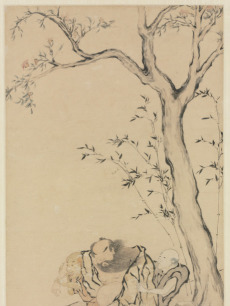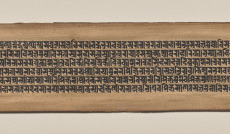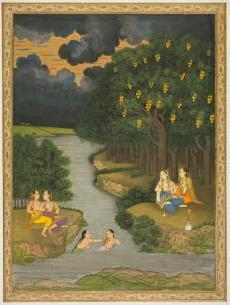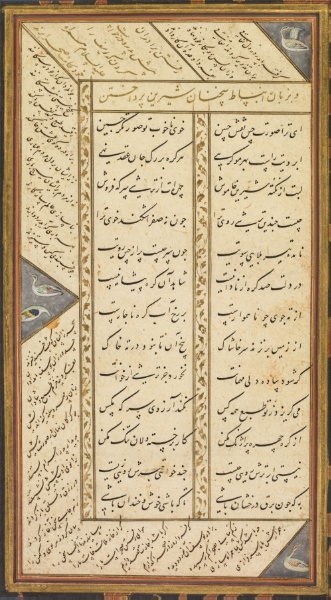
Page from the Panj Ganj (Five Treasures) of Abd al-Rahman Jami (Persian, 1414–1492), with two Persian masnavis (narrative poems): Yusuf va Zulaykha (Joseph and Zulaykha) and Subhat al-abrar (Rosary of the Righteous)
Text c. 1500–1520; painting, borders, and illuminations added 1603–7
Text copied by Sultan-Ali Mashhadi (Persian, active early 1500s) for Badi al-Zaman Mirza, ruler of Herat
Painted insets and borders by Mushfiq (Indian, active 1580s–early 1600s)
Text copied in Herat
Painting, borders, and illuminations made in the Deccan for Mughal minister Abd al-Rahim the Khan Khanan
Mushfiq, others
(Indian, active early 1600s), (Indian)
Northern India, Mughal, early 17th century
See Also
Visually Similar Artworks
Contact us
The information about this object, including provenance, may not be currently accurate. If you notice a mistake or have additional information about this object, please email collectionsdata@clevelandart.org.
To request more information about this object, study images, or bibliography, contact the Ingalls Library Reference Desk.
All images and data available through Open Access can be downloaded for free. For images not available through Open Access, a detail image, or any image with a color bar, request a digital file from Image Services.
